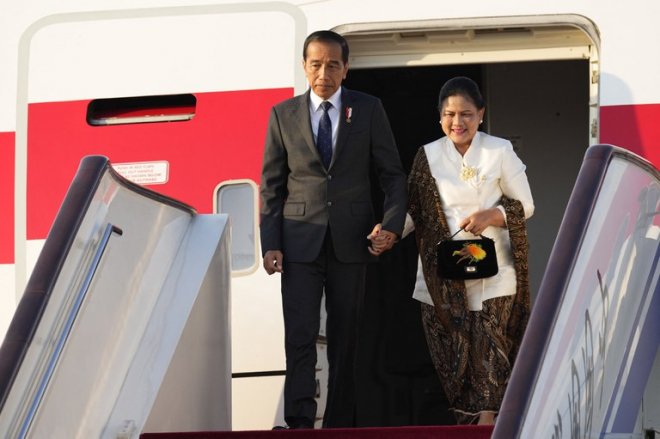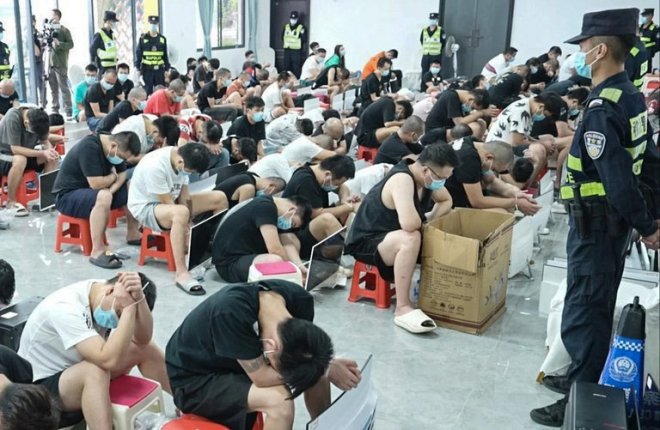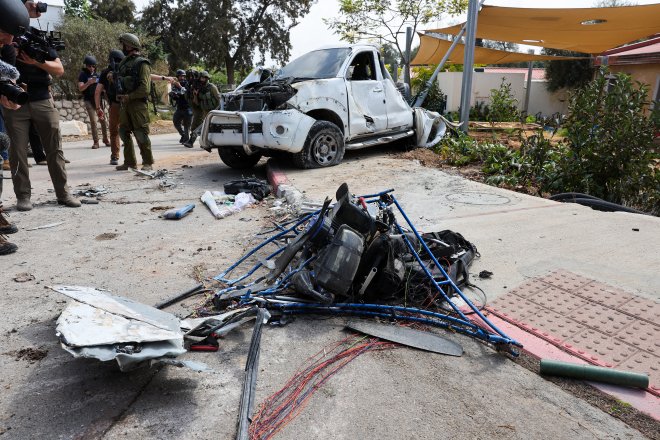Inflation tops 40% in Laos, squeezing state employees
Inflation in Laos hit 40.3% in January, according to the country’s National Statistics Bureau, and even normally well-off state employees are feeling the squeeze.“We’re seeing a lot of hardship,” said a public sector worker in Phongsaly province, along northern Laos’ border with China. “Most state employees have to bring their lunch to the office because goods such as food and gasoline are so expensive.”
“The only people who aren’t affected are high ranking officials,” said the worker who, like other sources RFA spoke with for this report, declined to be named because he wasn’t authorized to discuss the issue. He called for the government to increase the salaries of public sector employees so that “we can support our families.”
Rising inflation presents a major test for new Prime Minister Sonexay Siphandone, who began his new term this year promising to “raise the spirit of the revolution to the highest level.”
The Lao National Bank has blamed the skyrocketing inflation at least partly on the depreciation of the Lao kip against the Thai baht, Vietnamese don and Chinese yuan. That’s made the cost of imported goods higher. It also said foreign investment has dried up amid the fall of the kip, which plummeted 32% against the U.S. dollar over the past year.
Closing money-changers
To rein in rising prices, authorities in Laos last month ordered all money changing shops to close, allowing only banks to exchange foreign currencies. They also banned the import of some kinds of pork, beef, fish and vegetables that are produced domestically.
“Things are really tough compared to a year ago,” said a state employee from northwestern Laos’ Bokeo province, bordering Myanmar and Thailand. “In the past, 5,000-6,000 Thai baht (U.S.$150-180) per month was enough to live on, but now it falls short due to the depreciation of the kip.”
“It’s the lower level public sector workers who are being hit the hardest,” he said.
 A Lao wholesaler told RFA that retailers in the country are operating on extremely thin margins and are being forced to pass the increase in cost of the goods they buy onto their customers.
A Lao wholesaler told RFA that retailers in the country are operating on extremely thin margins and are being forced to pass the increase in cost of the goods they buy onto their customers.“It’s getting extremely difficult to sell merchandise because of the high prices,” he said. “I don’t even bother importing goods from Thailand anymore because they are way too expensive for people to buy. If I import expensive goods, I can’t sell them because nobody can afford them.”
As of January, Laos had the highest rate of inflation among the Association for Southeast Asian Nations members.
Trade officials told RFA at the time that authorities were forced to take harsh economic measures because Laos had a massive trade deficit – imports far exceeding exports – of US$926 million in 2022.
An official with the Asian Development Bank in Laos, who also declined to be named, said that the government “needs to pay more attention” to inflation and called for urgent measures to address the issue.
“High inflation is severely impacting investment in the country and having a devastating effect on people’s savings – particularly the lower income population,” he said.
Translated by Sidney Khotpanya. Edited by Joshua Lipes and Malcolm Foster.
[圖擷取自網路,如有疑問請私訊]
|
本篇 |
不想錯過? 請追蹤FB專頁! |
| 喜歡這篇嗎?快分享吧! |
相關文章
AsianNewsCast






















